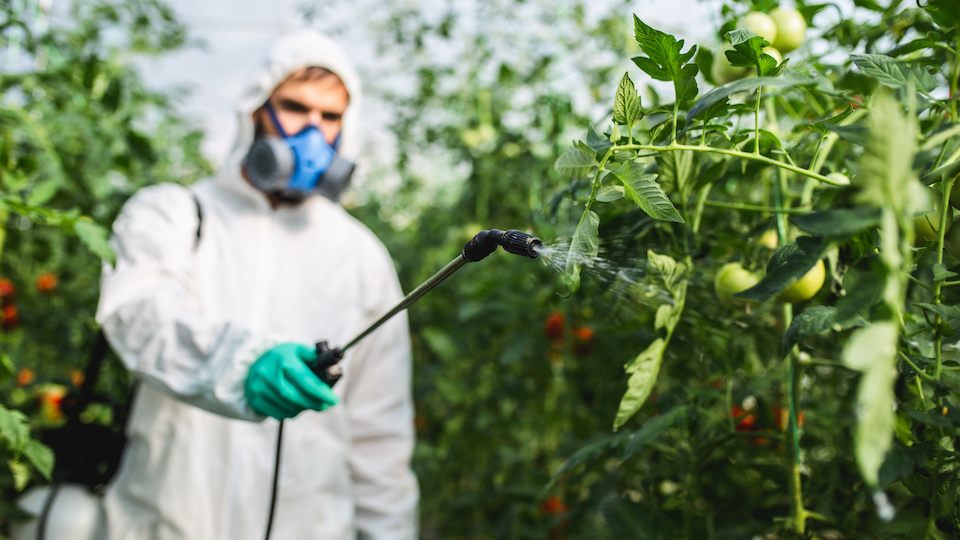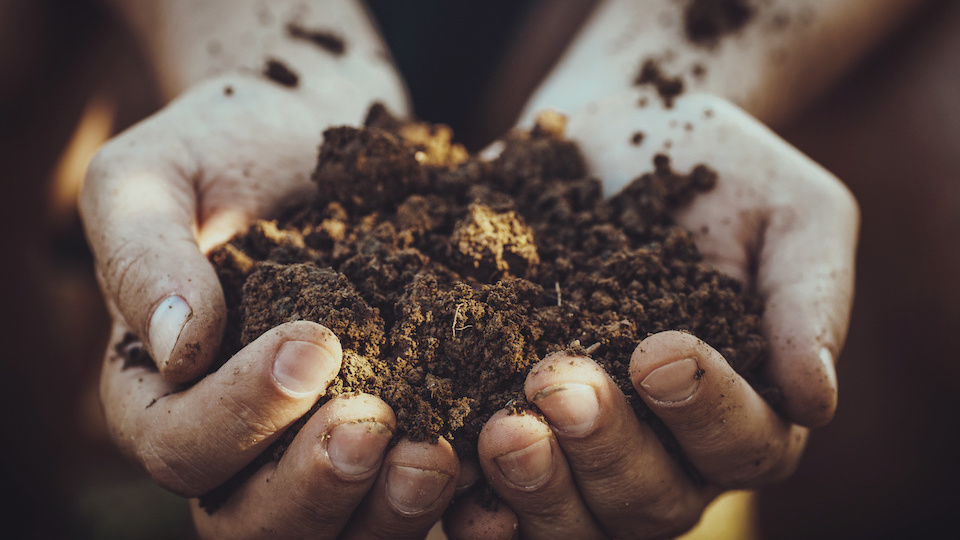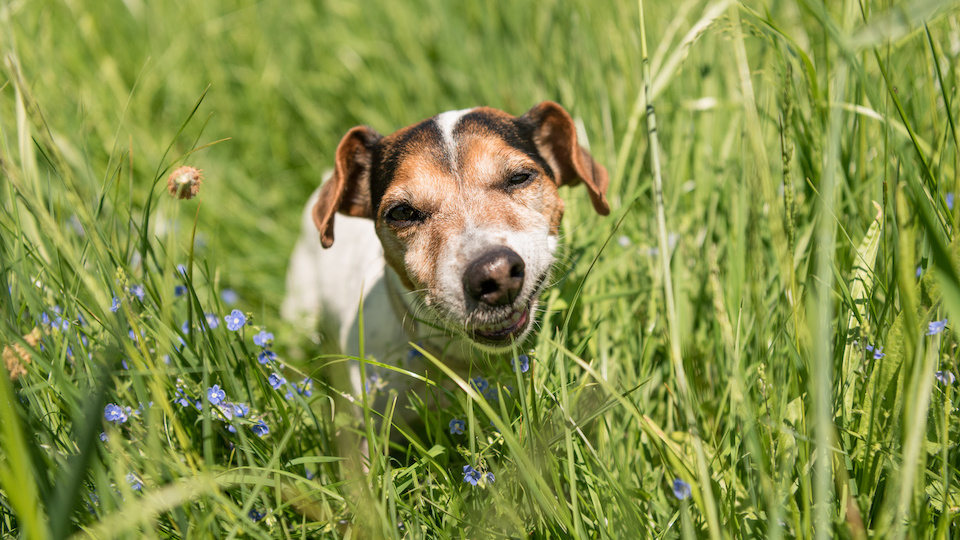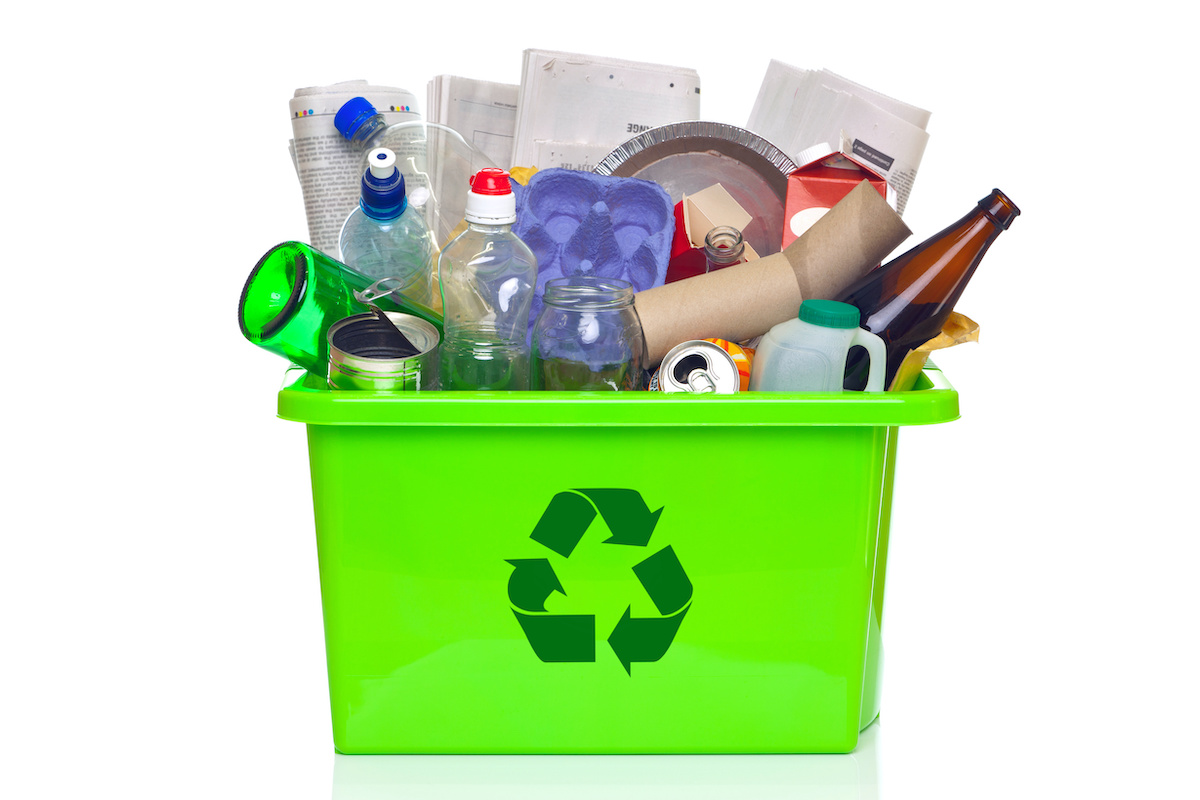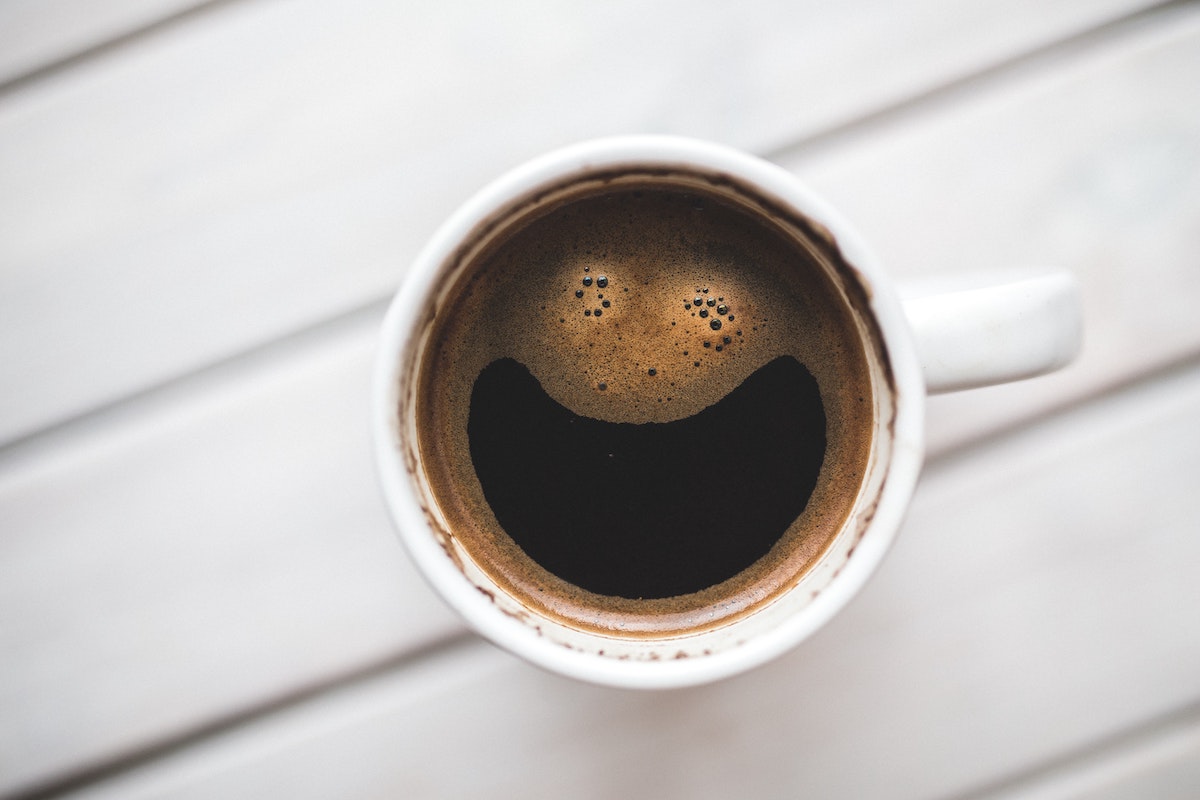They Told You That it Was Impossible: 5 Ways You CAN be Self Sufficient in the City
Do you live in the city – perhaps a dense urban area surrounded by tall buildings, cars and people…lots of people? Have you tossed your dream of self-sufficiency out the window because of your geographic location? If so, I have great news for you. It is possible to be self-sufficient in the city; seriously, there are several steps that you can take to become more self-reliant – even if you live in the the heart of a concrete jungle.



